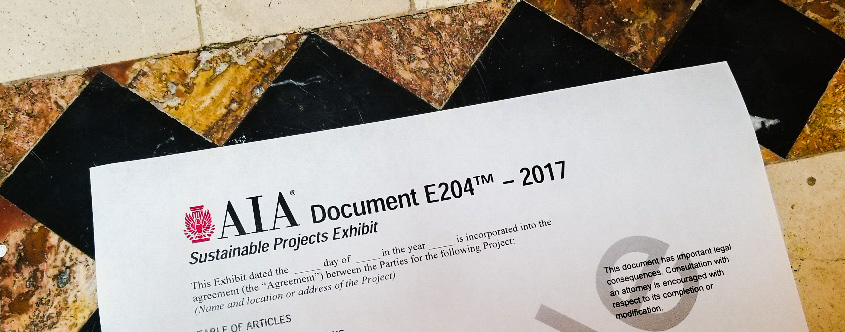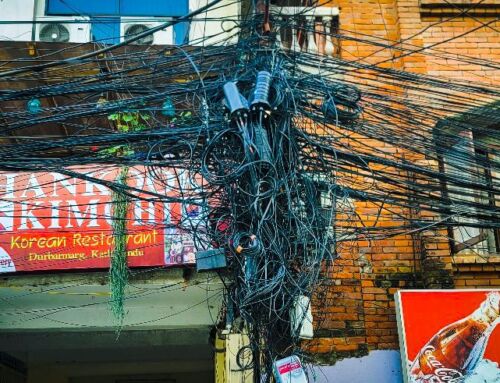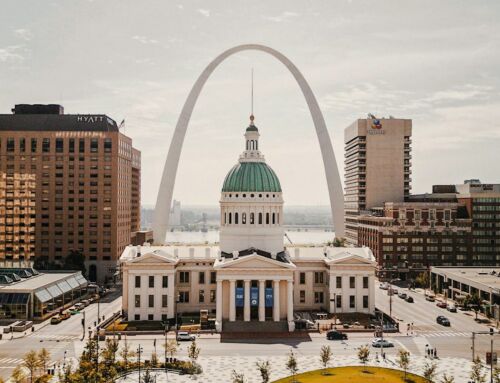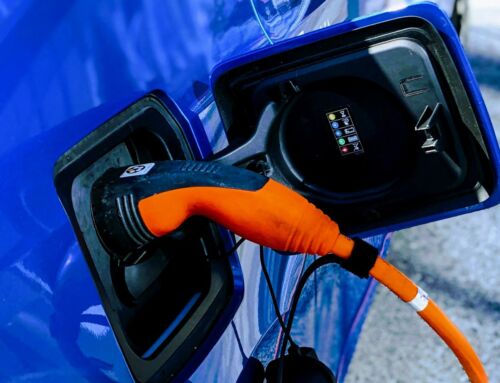View by Topic
Recent Articles
-
Federal Government Finalizes New Efficiency Standards for LightbulbsSaturday, April 13th, 2024
-
2024 IECC is Final After Addressing Preemption IssuesSaturday, April 6th, 2024
-
Settlement Portends Broad Failure in Attempts to Ban Natural GasSaturday, March 30th, 2024
-
SEC Climate Disclosure Rule Stay and Venue Now in the 8th CircuitSaturday, March 23rd, 2024
-
EV Charger Data ApocalypseSaturday, March 16th, 2024
View by Month/Year
“Green Building Law Update” Headlines
Recent Articles & News from
Stuart Kaplow’s blog
at GreenBuildingLawUpdate.com
- Shedding Light on the Future: The Evolution of Lightbulbs in the Wake of New Energy Efficiency Standards April 14, 2024
- 2024 International Energy Conservation Code is Final After Addressing Preemption April 7, 2024
- Settlement Portends Broad Failure in Attempts to Ban Natural Gas March 31, 2024
- SEC Climate Disclosure Rule Stay and Venue Now in the 8th Circuit March 24, 2024
Subscribe to the Green Building Law Update!
Stuart Kaplow brings his expertise and extensive experience to the table with his unique digital publication, "Green Building Law Update". Subscribers receive regular updates to keep them informed about important issues surrounding Environmental Law, Green Building & Real Estate Law, as well as the emerging demand for Environmental Social Governance (ESG).
Get fresh content through the lense of Stuart Kaplow's cutting-edge expertise, innovative commentary and insider perspective. Don't miss another issue! Subscribe below.

The Second Best Way to Mitigate Your Risk in Green Building
The best way to mitigate risk in your green building project are properly drafted contract documents prepared by this law firm or by another attorney with green building experience. That may sound self serving, but it is true.
As I posted in this blog less than a year ago, Less than 20% of Green Building Contracts are Properly Drafted.
So, accepting that most readers of this blog will not engage our law firm to draft their contracts, the second best way to mitigate your risk in a green building project is to utilize The American Institute of Architects, 2017 Documents: New Sustainable Projects Exhibit.
This is not a paid endorsement. The document is simply that good.
And while the Sustainable Projects Exhibit, E204-2017, is drafted to work as an exhibit to other AIA A201 family owner, architect, contractor, consultant agreements, even if you do not use their nearly 200 contact documents, this Exhibit, separately purchased, may still be a good choice for you.
The American Institute of Architects has published standard form construction industry documents since 1888.
For the first time, beginning in 2007, there was a single short clause in B101 contract document about sustainability in the project. In response to the significant increase in the number and scope of sustainable projects, in 2011, AIA released the Sustainable Project Guide, D503 (.. that many suggest is still the best single guide to sustainable contracting). In 2012, the sustainable contract provisions from the Guide were incorporated into the A201 family of agreements issued as “SP” Documents. Earlier this year, AIA moved from provisions within the contract documents to this Sustainable Projects Exhibit.
The Sustainable Projects Exhibit creates a process, arguably a LEED v4 IPc1: Integrative Process, by which the project team works to achieve the owner’s green building goal.
The Sustainable Projects Exhibit contains specific defined terms and provisions that allocate the roles, responsibilities and risks encountered on the sustainable project to the project team member, including the owner, architect and contractor in the best position to perform or assume the role, responsibility or risk, including a specialized scope of services for the architect.
The defined terms, the same from the Guide, are the crux of the process. A Sustainable Objective is defined as the owner’s goal. Why does it want a green building; to improve energy efficiency or enhance the health and well being of building occupants or, .. The Sustainable Objective may, or may not, include seeking a specific type of certification.
A Sustainable Measure is the specific item that must be completed by a team member in order to achieve a Sustainable Objective.
A Sustainability Plan is a document prepared by a green building consultant or architect depicting the allocation of Sustainable Measures to team member.
Another 3 definitions relate to certification. Sustainability Certification is a term that refers to a specific certification, such as LEED, Green Globes, ICC 700 and EnergyStar or required by the IgCC or ASHRAE 189.1.
Sustainability Documentation are the writings required a Certifying Authority to document compliance or achievement of a Sustainable Measure.
The Certifying Authority is the entity that is responsible for granting a Sustainability Certification. For example, this could be GBCI for LEED certification.
All of this works to allocate the legal risks of the green building project.
The legal risks addressed in the Sustainable Projects Exhibit include:
Substantial completion as it relates to completing any Sustainable Measures;
Final completion of Sustainability Measures including Sustainability Certification;
Evolving standard of care as green building becomes mainstream;
Addressing warranties that a project will achieve a Sustainable Objective which is made complicated by mandatory laws and codes;
Use of new materials with limited testing which are a hallmark of green buildings;
Approving substitutions that may impact Sustainable Measures; project registration fees and authorization to act on behalf of the owner; and,
A specific waiver of consequential damages that may be encountered in green building.
Unfortunately most, green building projects fail to utilize contract documents that properly incorporate provisions necessary and proper to address the legal risks inherent in sustainable projects. It is suggested that this new short six page Sustainable Projects Exhibit, when properly completed, will be user friendly and remedy that disjunction.
The Sustainable Projects Exhibit is available at www.aiacontracts.org/purchase.
Again, the new AIA Sustainable Projects Exhibit is the second best way to mitigate risk in your green building project. It may be shameless self promotion, but the very best way to mitigate risk is a properly drafted contract document prepared by this law firm or by another attorney with green building experience.









